Sending all our garbage into space may seem like a solution, but it presents serious environmental, financial, and technical challenges.
Every year, billions of tons of waste are produced around the world. The problem of garbage is growing, especially in developed countries.
Many people wonder if sending our trash into space could be a solution. After all, space is vast, and there seems to be plenty of room.
However, there are several reasons why this idea is not practical.
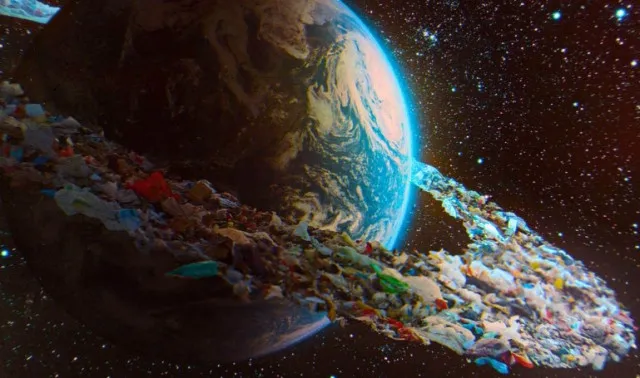
Why Can’t We Send All Our Garbage Into Space?
The high cost of launching trash makes space disposal impractical.
One of the main reasons we can’t send all our garbage into space is the cost.
Launching anything into space is extremely expensive.
For example, a recent rocket launch costs around $1,200 for every kilogram of payload.
When you consider that we produce over two billion tons of waste each year, the expenses add up quickly.
The cost of transporting all that garbage into space would be astronomical—potentially trillions of dollars.
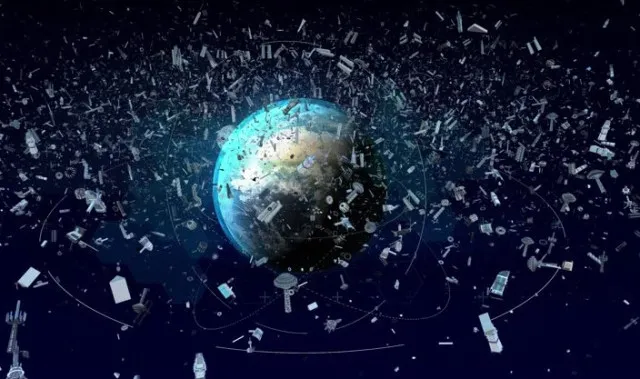
Environmental concerns make space trash disposal highly problematic and risky.
Another major issue is the environmental impact of rocket launches.
While it may seem like a good idea to get rid of our trash by sending it into space, the emissions from rocket launches can be harmful.
Each rocket launch releases significant amounts of carbon dioxide and other pollutants into the atmosphere.
If we were to increase the number of launches to dispose of garbage, the environmental damage could be severe.
The soot and chemicals released could even contribute to ozone layer depletion.
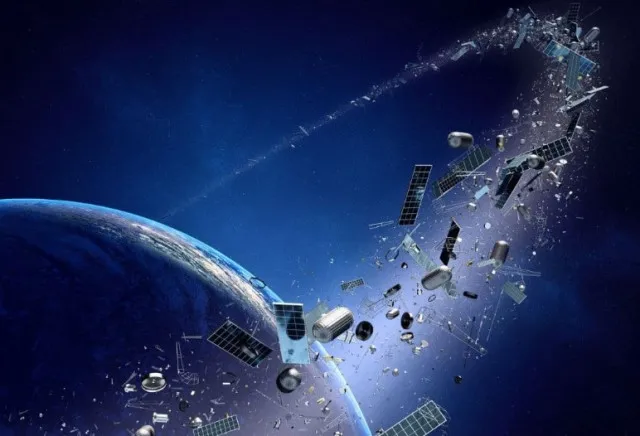
Safety risks make sending trash into space highly dangerous.
Sending trash into space also poses safety risks.
Rockets must reach a safe distance from Earth, about 22,000 miles, before the trash can be safely discarded.
If the garbage does not reach this distance, it could become space debris, colliding with satellites or other spacecraft.
This type of collision is already a concern with the increasing amount of space junk orbiting Earth.
The more objects we send into space, the higher the chances of accidents.
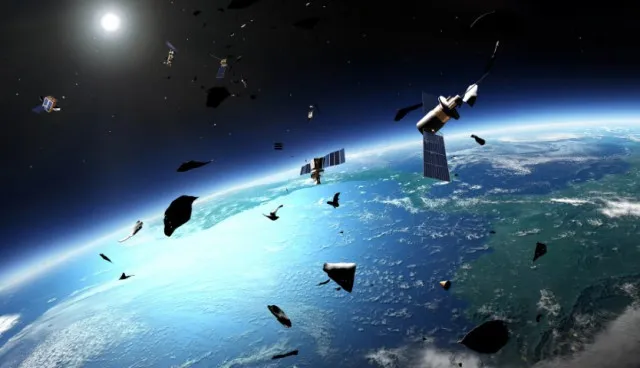
Moreover, there is a phenomenon known as Kessler syndrome.
This theory suggests that if the density of objects in low Earth orbit becomes too high, collisions could occur.
These collisions might create even more debris, leading to a chain reaction that could make space around Earth unusable.
There are better alternatives to space disposal of waste.
Given these challenges, scientists and engineers continue to explore other ways to manage waste.
Recycling and reducing waste at the source are more sustainable solutions.
Many countries are investing in better recycling technologies and waste management systems to handle garbage more effectively.
Reducing waste and increasing recycling can ease landfill and environmental burdens.
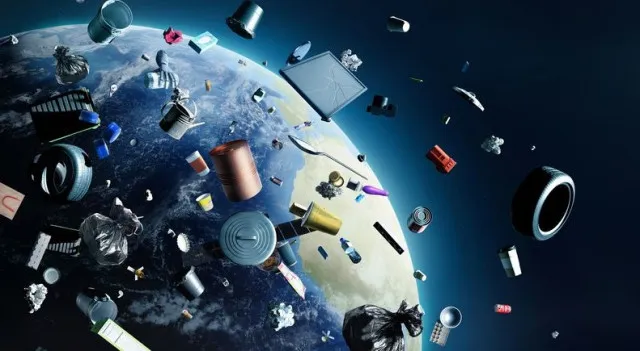
Some researchers are also looking into advanced technologies that could transform waste into energy or other useful materials.
For example, waste-to-energy plants can convert garbage into electricity, reducing the volume of waste that needs to be disposed of.
Misconceptions about space
There is also a misconception that space is an empty void where we can simply dump our trash.
In reality, space is becoming more crowded with statellites, space stations, and other debris.
The idea of treating space as a garbage dump is not only impractical but also irresponsible.
We must consider the long-term consequences of our actions on our planet and beyond.